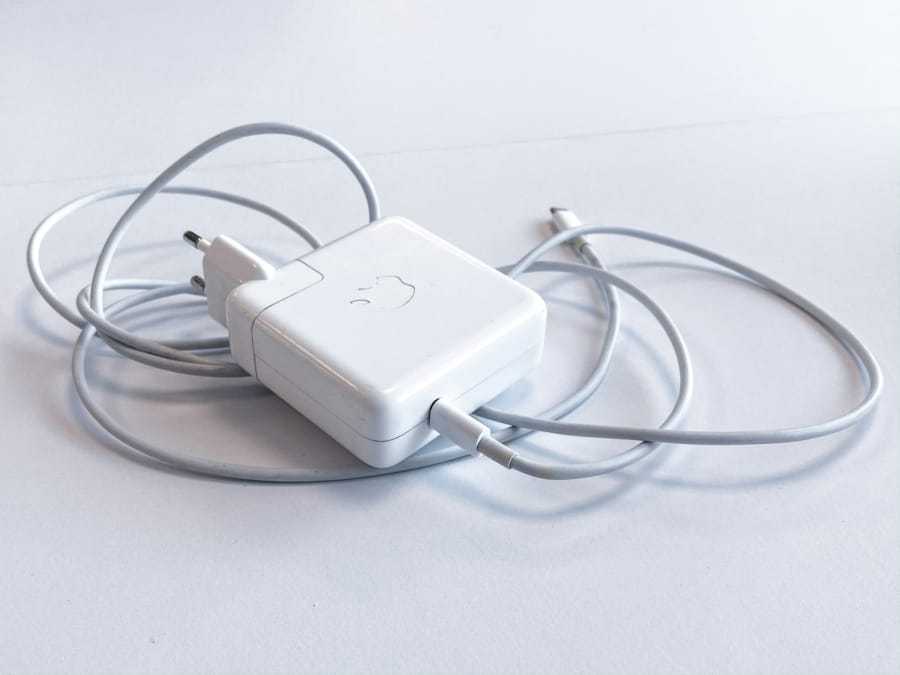USB-C, USB-PD, and Travel Chargers
Crowdfunding is definitely not my forte. Heck, I even once said any reviews for preorders or crowdfunding without solid delivery dates for non-review units are inherently dangerous. While I stand by the statement I’ve made in 2012, the first GaN charger I crowdfunded was for HyperJuice, a GaN charger. It was not a review unit, but it was delivered as part of a Kickstarter program. Long story short, the hype was partially real, and it didn’t pull through. As much as I’d like to believe USB chargers, with upwards of 100, 150w rating, do not “need” grounding, if you have ever used an electronics device in a country running 220v/240v, you will feel the tingling sensation. Cheapest solution to get away from it is grounding (or earthing) the charger.* HyperJuice simply did not have a ground prong.
* I’m not an electrician, nor do I think it is crucial for this post to clarify whether or not if this is grounding or earthing. But I did find some threads arguing if it is grounding or earthing. I am writing this under the assumption the terminology is merely a difference between American English and British English.
In fact, it is quite fascinating what some manufacturers have done with 110v prongs used in North America. The folding design saves space, while staying compatible (i.e. universal charger) with other types of prongs with a simple adapter. But this is no longer about portability of chargers. Nobody wants to be electrocuted, albeit micro amps, when they are traveling, not to mention for the people living in those regions. The need for electrical power is always growing. We won’t go back to the days with lego sized 5w USB chargers. And I find it puzzling why some of the manufactures have opted not to include a ground prong. Some of these power chargers are quite literally too heavy to stay connected outside of North America.
It also raises an important question of which accessory manufacturers fell behind in the charger game. The brands I used to recommend for USB-A chargers, (e.g. Anker, Belkin, Apple, and etc.) have mostly not adopted to use a ground prong in their USB-C charger. I’ve noticed tingling sensation with most of them, not to mention Apple’s proprietary, though grounded, power cable is banned from sale in South Korea, making it more difficult to swallow. It’s the new, unknown companies that are clearing the way for the new devices, literally. Are they safe? Hopefully. Yet another reason I find USB-C needed better guidance.
